In the ever-evolving landscape of recruitment, AI-powered hiring tools have emerged as a beacon of efficiency and precision. Yet, in Australia, a puzzling trend has surfaced: these tools are sometimes rejecting perfectly qualified candidates. This article delves into the reasons behind this phenomenon, exploring how the intersection of technology and human oversight can lead to unintended consequences in the hiring process.
Understanding the Role of AI in Recruitment
AI-driven recruitment tools are designed to streamline the hiring process by analyzing vast amounts of data to identify the best candidates. These systems are particularly popular in Australia, where the demand for skilled workers is high, especially in sectors like technology and healthcare. According to the Australian Bureau of Statistics, the unemployment rate was at a historic low of 3.9% in early 2023, intensifying the competition for top talent.
How AI-Powered Tools Work
These tools utilize algorithms to screen resumes, evaluate candidate profiles, and even conduct preliminary interviews. The goal is to reduce human bias and increase efficiency. However, the reliance on AI can sometimes lead to the exclusion of candidates who would otherwise excel in a role.
Why Qualified Candidates Get Overlooked
1. Algorithmic Bias
Despite their precision, AI systems can inadvertently perpetuate existing biases. For instance, if past hiring data reflects a preference for certain demographics, the AI may unintentionally favor similar profiles. This issue is particularly relevant in Australia, where diversity in the workplace is a national priority, as emphasized by the Australian Human Rights Commission.
2. Keyword Dependence
AI tools often rely heavily on keywords to filter candidates. This can disadvantage applicants who use different terminology, even if their skills match the job requirements. For example, an Australian candidate with extensive experience in 'project management' might be overlooked if the AI is programmed to prioritize 'project coordination'.
3. Lack of Contextual Understanding
AI lacks the nuanced understanding of human experiences and achievements. A candidate's unique skill set or potential may not be fully captured by standardized data points, leading to missed opportunities for both candidates and employers.
Case Study: The Impact on Australian Industries
Consider the case of a leading Australian tech company that implemented AI recruitment tools to manage its high volume of applications. Initially, the company saw a reduction in the time spent on hiring. However, it quickly realized that the AI was dismissing candidates who later proved to be valuable assets when re-evaluated by human recruiters.
After adjusting their AI systems to include human oversight and better contextual analysis, the company not only improved its hiring efficiency but also increased its diversity index by 15%. This case underscores the importance of combining AI with human judgment to achieve optimal hiring outcomes.
The Pros and Cons of AI-Powered Hiring
While AI offers significant advantages in recruitment, it also presents challenges that must be addressed:
Pros:
- Efficiency: AI significantly reduces the time spent on screening candidates.
- Consistency: Algorithms provide uniformity in candidate evaluation.
- Scalability: AI can handle large volumes of applications, ensuring no candidate is missed.
Cons:
- Bias Amplification: Without careful oversight, AI can perpetuate existing biases.
- Over-reliance on Keywords: Can lead to the exclusion of qualified candidates.
- Lack of Human Insight: AI lacks the ability to understand the nuances of candidate experiences.
Future Trends and Predictions
Looking ahead, the integration of AI in recruitment is set to deepen, with advancements in natural language processing and machine learning expected to enhance candidate evaluation. According to a report by Deloitte, AI recruitment tools will become more adaptive, learning from human feedback to reduce biases and improve accuracy.
In Australia, the government's focus on AI ethics and diversity will likely shape the development of these technologies, ensuring they align with national values. Companies that embrace these advancements while maintaining human oversight will be best positioned to attract and retain top talent.
Conclusion
The rise of AI-powered hiring tools in Australia presents both opportunities and challenges. While these systems can enhance efficiency, they also risk excluding qualified candidates if not carefully managed. By integrating human oversight and continuously refining AI algorithms, businesses can leverage these tools to build diverse and competent teams. As the recruitment landscape evolves, staying informed and adaptable will be key to navigating the complexities of AI hiring.
People Also Ask
- How does AI impact recruitment in Australia? AI improves efficiency and consistency in recruitment, but it can also perpetuate biases if not carefully managed.
- What are the biggest challenges of AI hiring tools? Key challenges include algorithmic bias, over-reliance on keywords, and lack of human insight.
- How can companies ensure fair AI recruitment? By integrating human oversight and refining AI algorithms to reduce biases and improve accuracy.
Related Search Queries
- AI recruitment tools Australia
- Algorithmic bias in hiring
- AI recruitment challenges
- Diversity in Australian workplaces
- Future of AI in recruitment








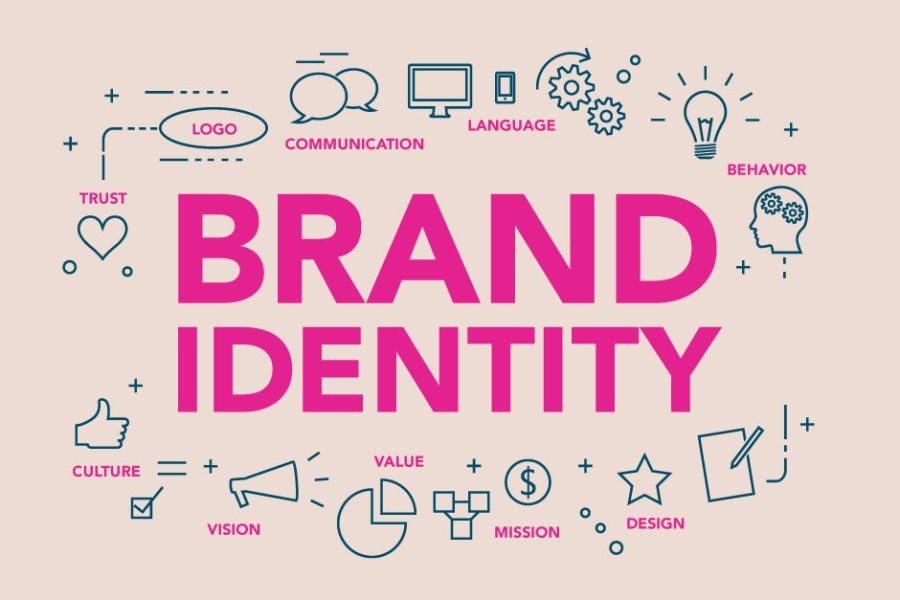





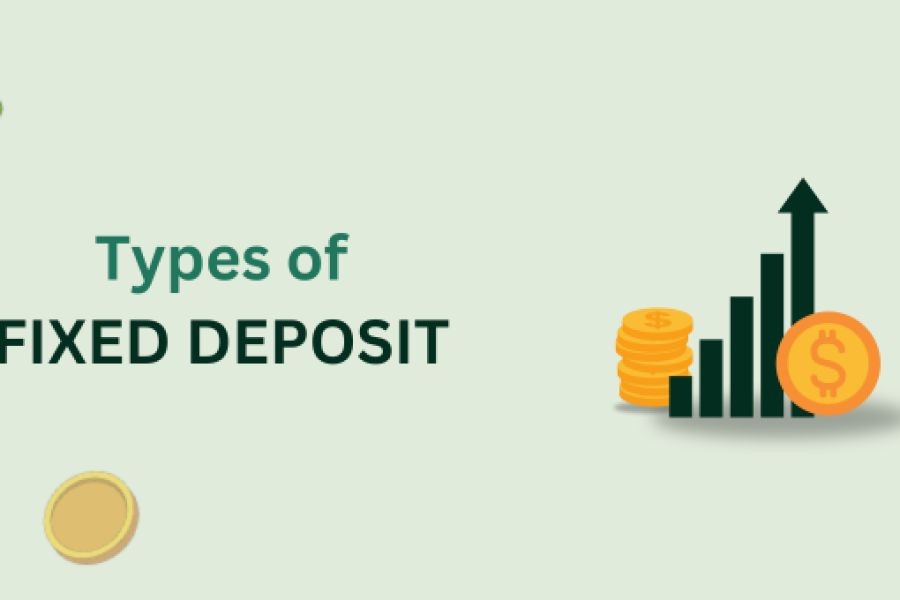




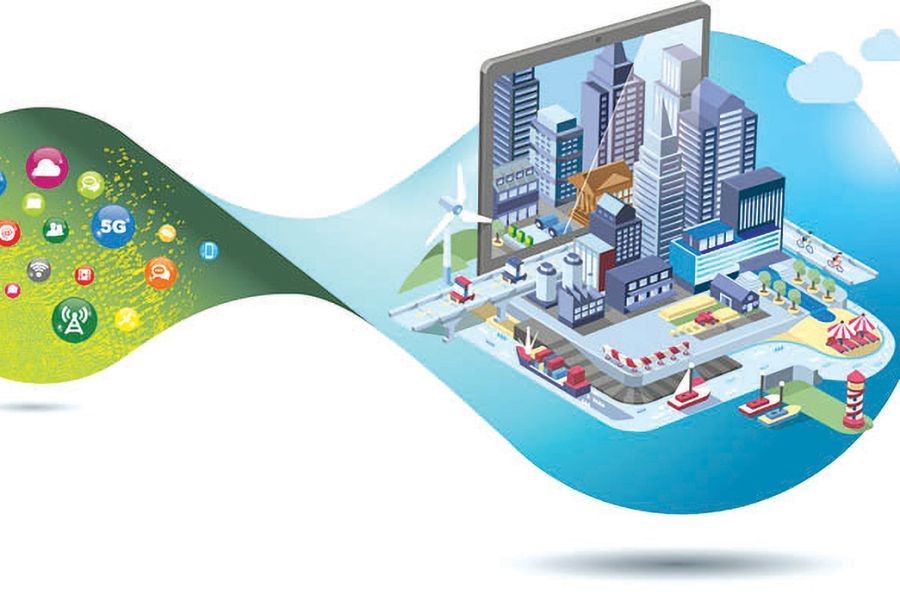



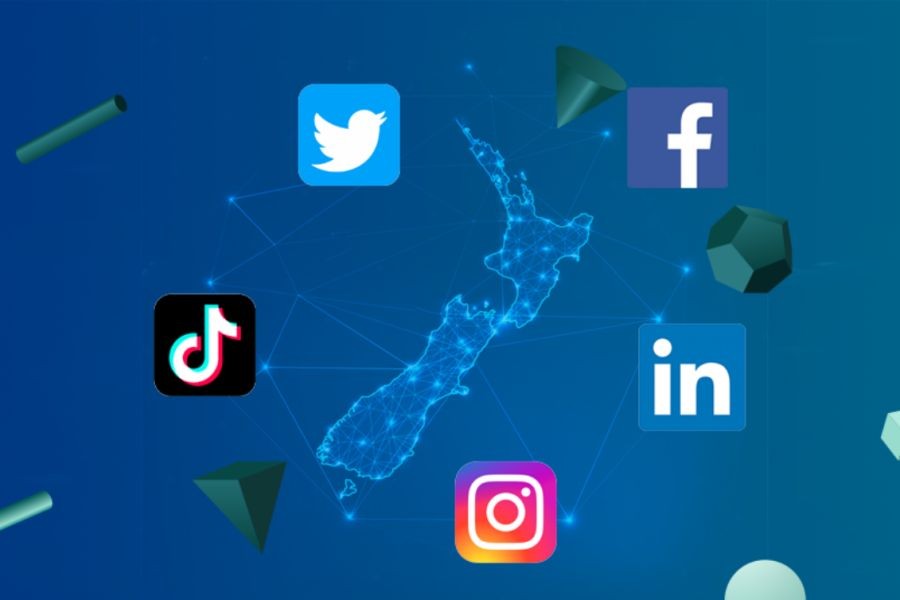

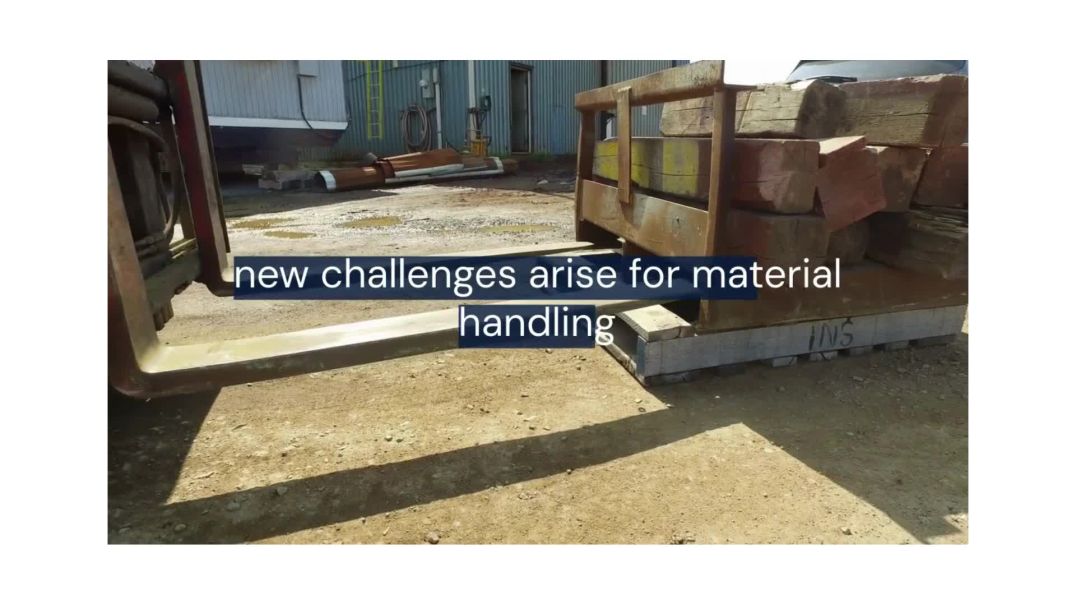




hershelfreame
3 months ago